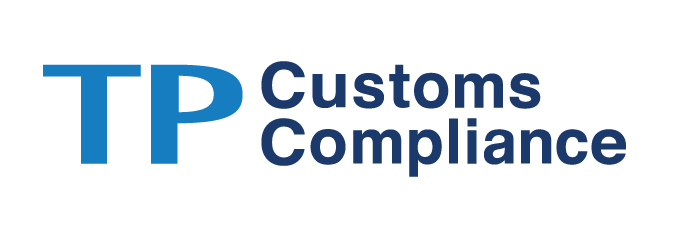By – Lic. Leobardo Tenorio.
There are companies that in their operations “lend” their assets to third parties, and do not document such loans.
Among the goods that are lent to employees or other companies, are:
- Machinery and equipment.
- Vehicles.
- Computers.
- Other important equipment.
- Real property.
- Offices.
- Among others.
How are loans of goods documented?
In our experience, companies usually do not document the delivery of goods with an agreement. They only have shippers slip, but normally, the loans of equipment to employees are not documented.
What happens if we do not document such loans?
If the loans are not properly documented, in the event that the person or company to whom the goods have been loaned refuses or does not return the goods, it will be very difficult to file a legal action against them.
Therefore, with an agreement in place, the lending company has a better legal position to demand the return of the goods.
How can a loan be documented?
When we are dealing with tangible, non-expendable goods, the proper agreement is a commodatum or bailment agreement.
In legal terms, such agreement documents the gratuitous use of assets.
Principal characteristics of the bailment agreement
The bailment agreement must be in writing, signed before two witnesses and, in certain cases, ratified before a notary public.
Depending on the type of assets, it is important to analyze the need to register the bailment agreement with the Public Registry of Property and Commerce.
Can we grant a good that we do not own in bailment?
Yes, however, authorization from the owner or from the individual/entity that has the legal authority to grant such authorization is required.
Why is it important to have a bailment agreement?
The bailment agreement includes the obligations assumed by the bailee (the person/company to whom the assets are presented).
Additionally, it includes the term of the agreement and the obligation to return the goods upon the termination of the agreement.
What can the bailment agreement include?
Among others:
- Who is responsible for the maintenance, repair, and conservation of the goods?
- Who is responsible for the loss of goods?
- What are the uses that can be given to the goods?
- Location of goods.
- Inspection rights.
- Return of the goods.
- A detailed description of the goods.
What is the term of the bailment agreement?
The bailment agreement can include a specific date of termination or simply include that the goods will be returned when the bailor (person or company that provides the goods) requests the return of the same.
With regards to the machinery and equipment that a maquiladora company imports, it is necessary to have a bailment agreement?
It is recommended to have a bailment agreement between the maquiladora and its parent company for the machinery and equipment that its parent company provides for the maquiladora operations company
It is also advisable to update the list of machinery and equipment, every two years.
Additionally, it is important to note that, in some cases, the loan agreement is required by the tax authorities.
For any questions or comments regarding the above, please do not hesitate to contact us.
Leobardo Tenorio-Malof | ltenorio@tplegal.net
Héctor Torres-López | htorres@tplegal.net
Alejandro Pedrín | apedrin@tplegal.net
Mauricio Tortolero | mtortolero@tplegal.net
Daniel Gancz-Kahan | dgancz@tplegal.net



